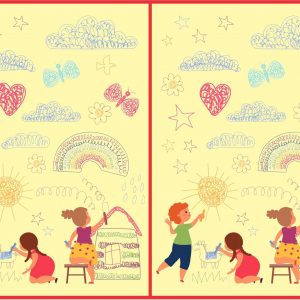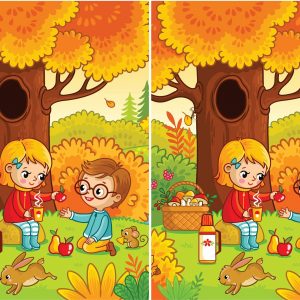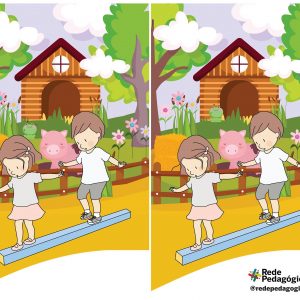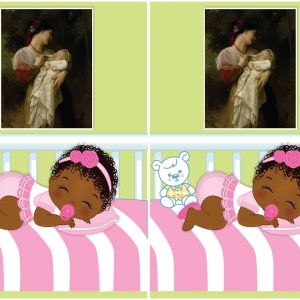The Joy of Children’s Illustrated Books: Encouraging Early Literacy and Creativity
Introduction to the World of Illustrated Children’s Books
From the tactile feel of the pages to the vibrant illustrations that capture the imagination, children’s books have an undeniable charm. They are not merely a source of entertainment; they serve as crucial tools in early childhood development. Illustrated children’s books, in particular, play a pivotal role in fostering literacy and creativity among young readers. The image of a child giving a thumbs-up next to a stack of colorful books vividly illustrates this connection.
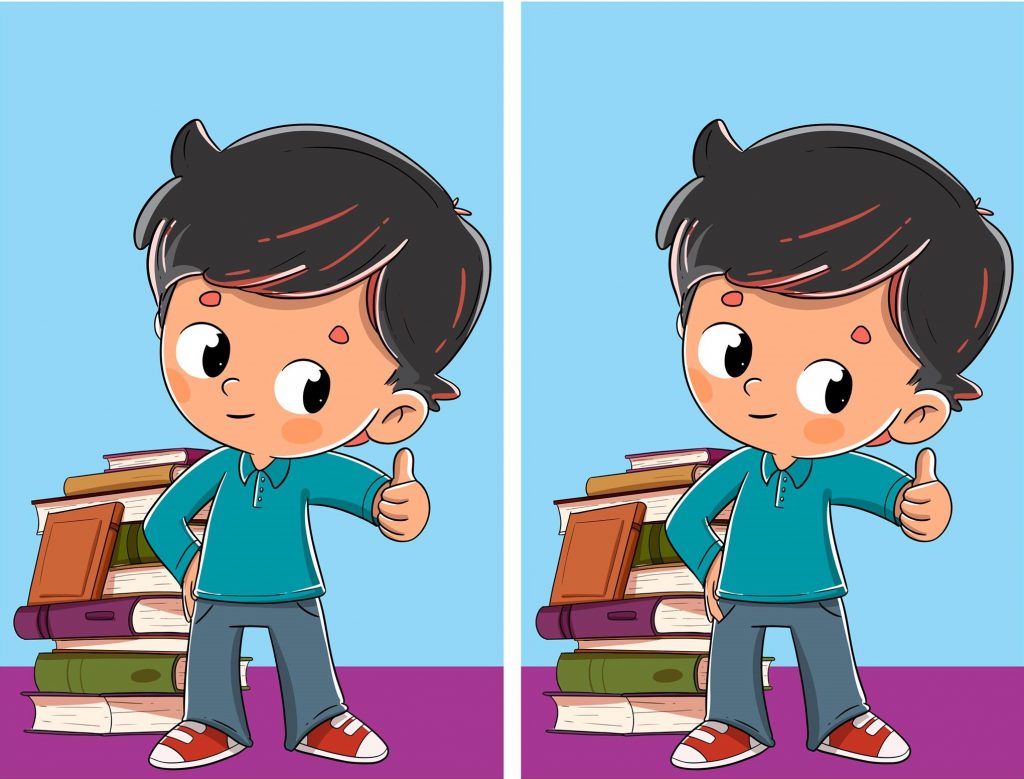
Captivating Young Minds Through Illustration
Illustrations in children’s books do more than complement the text—they bring stories to life. These visuals serve as a bridge for young readers, helping them understand complex narratives and themes before they can fully grasp the text. For many children, illustrations are their first introduction to art, teaching them about color, structure, and aesthetics in a way that is directly linked to the storytelling.
The Role of Illustrations in Learning
Visual learning is an essential component of child development. Illustrations in books help children decode text through contextual clues, enhancing comprehension and retention. This visual stimulation also aids in developing attention to detail, as children learn to associate words with images, enriching their vocabulary and language skills.
Enhancing Emotional Intelligence Through Stories
Children’s books often explore themes of friendship, courage, and kindness. Through these stories, children learn to empathize with characters, understanding emotions and developing social skills. The process of reading and discussing these books with adults further enhances this learning, providing children with the tools to navigate their own emotions and relationships.
Building a Foundation for Academic Success
The benefits of early exposure to reading cannot be overstated. Children who are read to from a young age tend to have a higher aptitude for learning in all areas. Reading enhances neural connections, promotes concentration, and cultivates an enduring love of learning that can influence a child’s educational trajectory significantly.

The Importance of Diverse Characters in Children’s Literature
Diversity in children’s books is crucial for fostering a sense of inclusivity and representation. When children see characters who look like them or experience similar challenges, it validates their experiences and builds self-esteem. Conversely, books that introduce children to different cultures and lifestyles promote empathy and a broader understanding of the world.
Nurturing Creativity and Imagination
Books are a safe space for children to explore different realms, solve problems, and think creatively. Whether it’s imagining themselves in fantastical worlds or solving mysteries with their favorite characters, reading stimulates creativity. This play of imagination is not only fun but also an important aspect of cognitive development.

The Digital Age and the Relevance of Physical Books
In an era dominated by screens, the tangible qualities of books—turning the pages, the smell of paper—can offer a comforting break from digital stimulation. Physical books help in setting routines, such as bedtime reading, which can become cherished family habits, promoting healthy screen time habits and interpersonal bonds.
Encouraging Reading in Today’s Technological World
While e-books and reading apps offer convenience and interactivity, the benefits of physical books are unique. Parents and educators can encourage reading by creating a rich environment filled with a variety of books, regular visits to the library, and storytelling sessions that make reading a social and enjoyable experience.

Conclusion: The Enduring Impact of Children’s Illustrated Books
Children’s books are more than just a way to pass the time; they are a fundamental part of childhood that offers a multitude of benefits. They lay the groundwork for literacy, stimulate creativity, and provide a foundation for lifelong learning and emotional intelligence. As depicted in the image of the child with books, these moments of learning are not only educational but also deeply joyful, instilling a love of reading that can last a lifetime. Whether at home or in school, the simple act of reading a book has the power to transform a child’s world, providing endless opportunities for discovery and growth.
